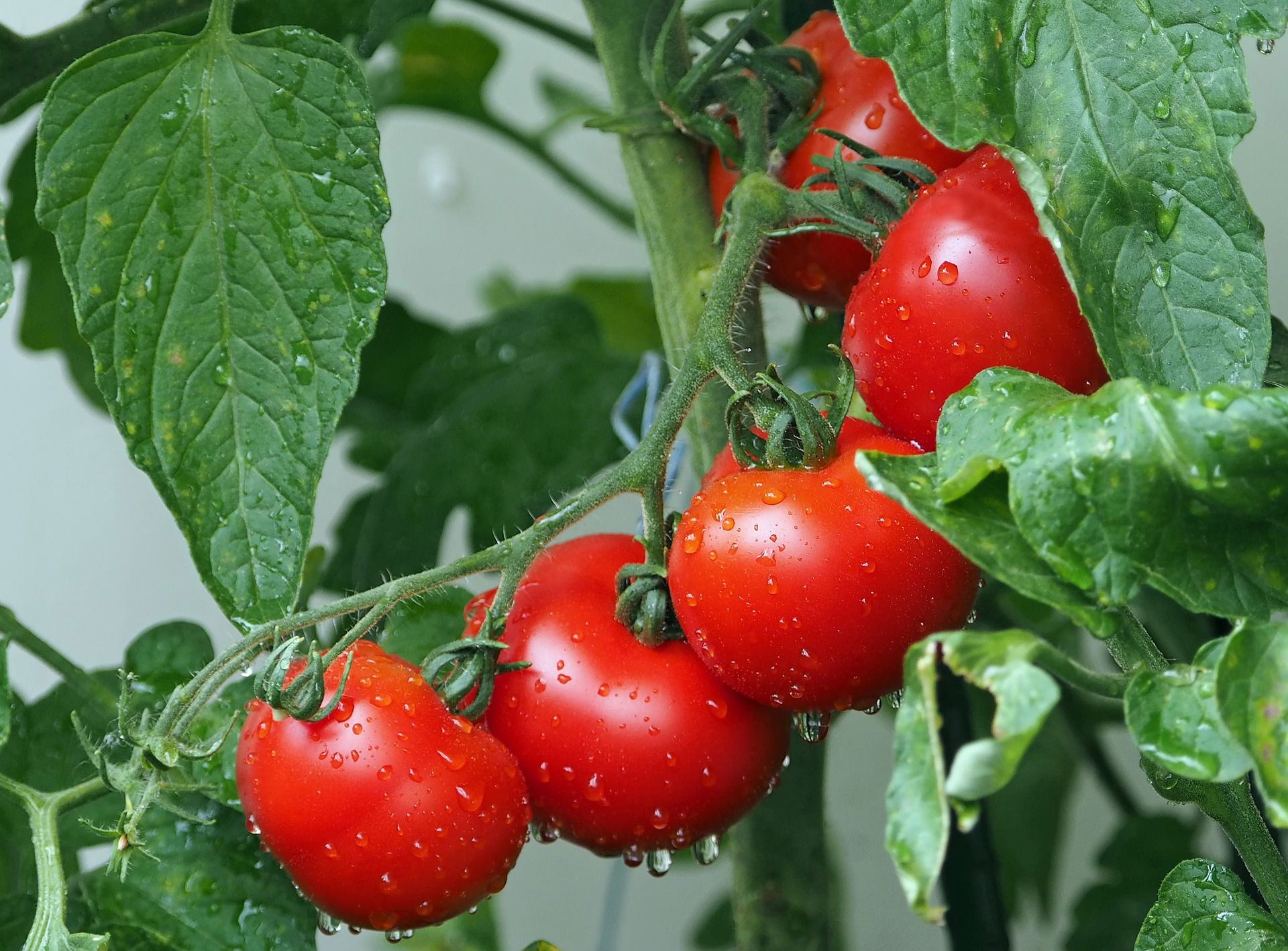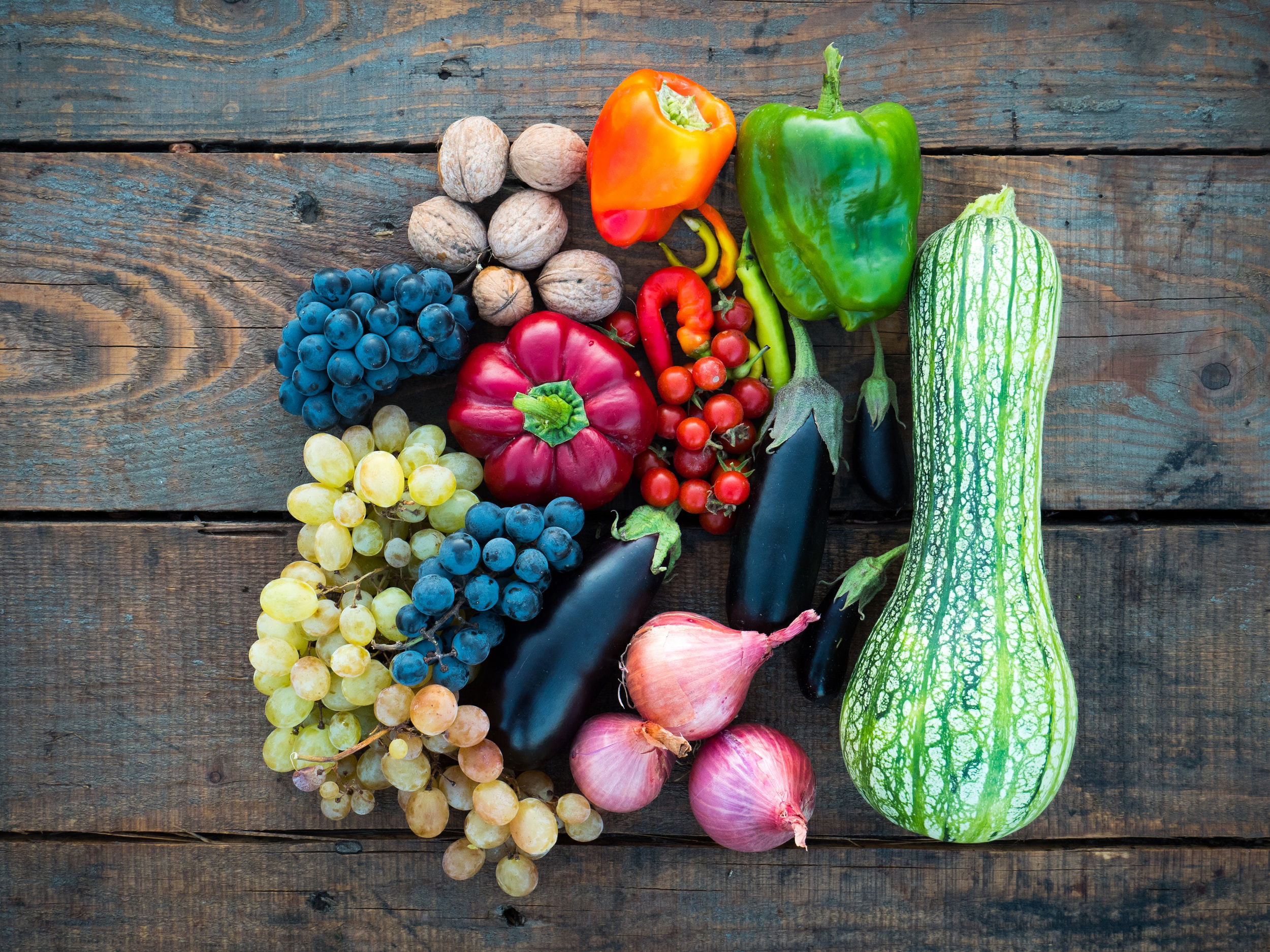From Farm to Table: The Importance of Supply Chain Resilience in Agriculture
The journey of food from the farm to your table is a complex and intricate process that relies on a well-functioning supply chain. This supply chain encompasses everything from the cultivation of crops and the raising of livestock to the transportation, processing, and distribution of food products. In recent years, the importance of supply chain resilience in agriculture has become increasingly evident. Factors like climate change, global pandemics, and economic disruptions have highlighted the need for robust and adaptable agricultural supply chains. In this article, we will explore the critical role of supply chain resilience in ensuring food security and the challenges and strategies associated with achieving it.

The Complexity of Agricultural Supply Chains
Agricultural supply chains are multi-faceted networks involving numerous stakeholders, including:
Farmers and Producers: Those responsible for growing crops, raising livestock, or producing food products.
Processors and Manufacturers: Entities that transform raw agricultural materials into processed foods or other products.
Distributors and Wholesalers: Companies that transport and distribute products to retailers, restaurants, and other outlets.
Retailers and Food Service Providers: Businesses that sell food products directly to consumers or prepare meals for consumption.
Consumers: The ultimate end-users of food products.
Each link in this chain is susceptible to various challenges and disruptions that can affect the availability, quality, and affordability of food.
The Need for Supply Chain Resilience
Supply chain resilience in agriculture refers to the system's ability to withstand and recover from unexpected disruptions while maintaining food production and distribution. Several factors underscore the importance of supply chain resilience:
1. Climate Change
Changing weather patterns, extreme weather events, and shifts in growing seasons can disrupt agricultural production, affecting crop yields and food availability.
2. Pandemics and Health Crises
Global pandemics like COVID-19 can disrupt supply chains by causing labor shortages, restrictions on movement, and disruptions to processing and distribution.
3. Economic Shocks
Economic downturns or financial crises can impact food demand, pricing, and the financial stability of supply chain actors.
4. Globalization
Agricultural supply chains are increasingly global, making them vulnerable to international trade disruptions, tariffs, and transportation bottlenecks.
5. Natural Disasters
Natural disasters, such as earthquakes, hurricanes, and wildfires, can damage infrastructure and disrupt transportation and distribution networks.
6. Resource Scarcity
Depletion of natural resources like water and arable land can affect food production and supply chain stability.
7. Consumer Preferences
Changing consumer preferences, such as increased demand for organic or locally sourced foods, can impact supply chain dynamics.
Challenges in Building Supply Chain Resilience
Creating a resilient agricultural supply chain is not without challenges:
1. Fragmented Supply Chains
Supply chains can be fragmented, with multiple actors operating independently. Coordinating efforts and information sharing can be difficult.
2. Lack of Data and Technology
Some supply chain actors, especially in developing regions, may lack access to data and technology needed for efficient and resilient operations.
3. Resource Constraints
Small-scale farmers and producers may lack the resources and infrastructure to implement resilient practices.
4. Cost Considerations
Building resilience often involves investments in technology, infrastructure, and training, which can be costly.
5. Complex Regulatory Environment
Regulations and trade agreements can affect supply chain dynamics, adding complexity to resilience efforts.
Strategies for Enhancing Supply Chain Resilience
Despite these challenges, there are strategies that can enhance supply chain resilience in agriculture:
1. Diversification
Diversifying sources of inputs, suppliers, and markets can reduce vulnerability to disruptions.
2. Technology Adoption
Leveraging technology for data collection, analysis, and communication can improve supply chain visibility and responsiveness.
3. Capacity Building
Providing training and resources to small-scale farmers and supply chain actors can enhance their ability to adapt to disruptions.
4. Collaboration and Coordination
Collaborative efforts among supply chain stakeholders, governments, and international organizations can improve preparedness and response to crises.
5. Sustainable Practices
Promoting sustainable agriculture practices can build resilience by enhancing soil health, conserving water, and reducing environmental risks.
6. Risk Assessment and Planning
Conducting risk assessments and developing contingency plans can help supply chain actors prepare for and respond to disruptions.

Conclusion
The resilience of agricultural supply chains is essential for ensuring food security, maintaining economic stability, and addressing the challenges posed by climate change, pandemics, and other crises. The farm-to-table journey involves a vast and intricate network of actors and processes, making it susceptible to a wide range of disruptions. Building supply chain resilience requires a multifaceted approach that involves collaboration, technology adoption, capacity building, and sustainable practices.
As we navigate an increasingly complex and uncertain world, the importance of supply chain resilience in agriculture cannot be overstated. It is not only about ensuring a consistent food supply but also about safeguarding the livelihoods of farmers, protecting the environment, and meeting the evolving needs of consumers. In this journey from farm to table, resilience is the key to a more secure and sustainable food future.
Sources:
- Supply Chain Resilience in Agriculture - Food and Agriculture Organization (FAO)
- Building Resilience in Agricultural Supply Chains - World Economic Forum
- Climate Change and Food Systems: Global Assessments and Implications for Food Security and Trade - USDA
- Globalization of Food Systems in Developing Countries: Impact on Food Security and Nutrition - FAO
- The Impact of COVID-19 on Food Security - World Bank